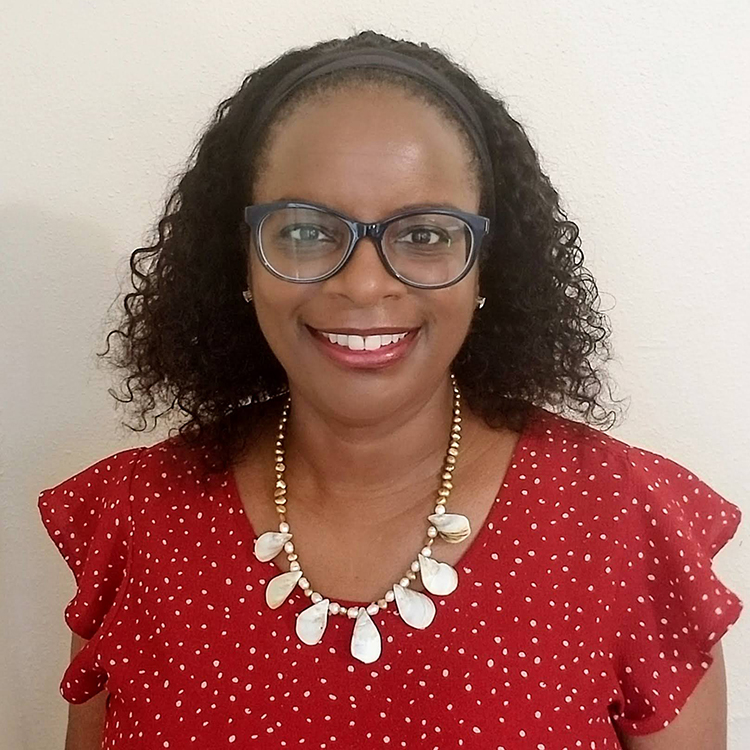
Introduction to The White Allies Handbook
I wrote The White Allies Handbook: 4 Weeks to Join the Racial Justice Fight for Black Women after leading a racial justice group for six years. During that time, I also wrote many articles on racial justice-related topics such as racism, allyship, white supremacy, and white privilege. Writing those articles gave me a platform to educate white people while also joining my voice with the growing number of Black writers who were talking about their own experiences with racism as well as providing commentaries on the increasing boldness of white supremacy under Donald Trump. The book was a natural progression of those writings.
My handbook fills the gap among the many books that talk about allyship but simply focus on the theory versus providing actionable steps toward true allyship. Because of my vast experience working with white people who want to be allies, I found it challenging to find resources to help them take the leap from reading about allyship to actually being an ally.


White people believe that, because they have read and discussed many of the well-known books on racism, they’re doing the work of being allies. My book goes further than the theory and history behind racism. Although this knowledge is important, white people must take the information they learn and address their racist beliefs, which can be challenging. That’s why I tell them, that in order to be an effective ally, they either need an accountability partner or an affinity group. That way, other white people can propel them forward on their journeys as allies.
When working with potential allies, I’ve been in many situations where I’ve conveyed my own experiences with racism only to have them tell me I must be mistaken or else I’m exaggerating. Since they’ve never seen the racism I’ve experienced, I must be mistaken about the pervasiveness of it. Many also believe that a Black president meant this country was in a post-racial phase and that the presidency of Trump was the sole reason racism again reared its ugly head. I address these notions in my book by telling white people that they can’t be the experts on racism when they’re the perpetrators and beneficiaries of that system. My book addresses these incorrect conclusions and puts the responsibility of fighting racism firmly on the shoulders of white people.
I also emphasize in my book that allyship isn’t a one-and-done endeavor. The white people I consider allies understand that their work will continue for the rest of their lives. It’s a lifetime commitment. They also realize that, during their journeys, they may lose family and friends on the way. Standing up against racism means you do just that. There is no gray area. I’ve heard story after story of white people who have taken up the mantle of antiracism work and decided they couldn’t call themselves an ally and allow the people close to them to go unchecked. No one ever said allyship was easy. It shouldn’t be if you’re doing it right.
In The White Allies Handbook, I repeatedly emphasize that real allyship must include action. White allies have to educate when possible but confront when necessary. I’m not discounting listening and learning. Those components should always be an ally trait. However, if allies aren’t using what they’ve learned to actually fight racism, they’re siding with the very thing they claim to be against.
Felicia Fulks is the Asa F. Seay Business Librarian at Washington University.
